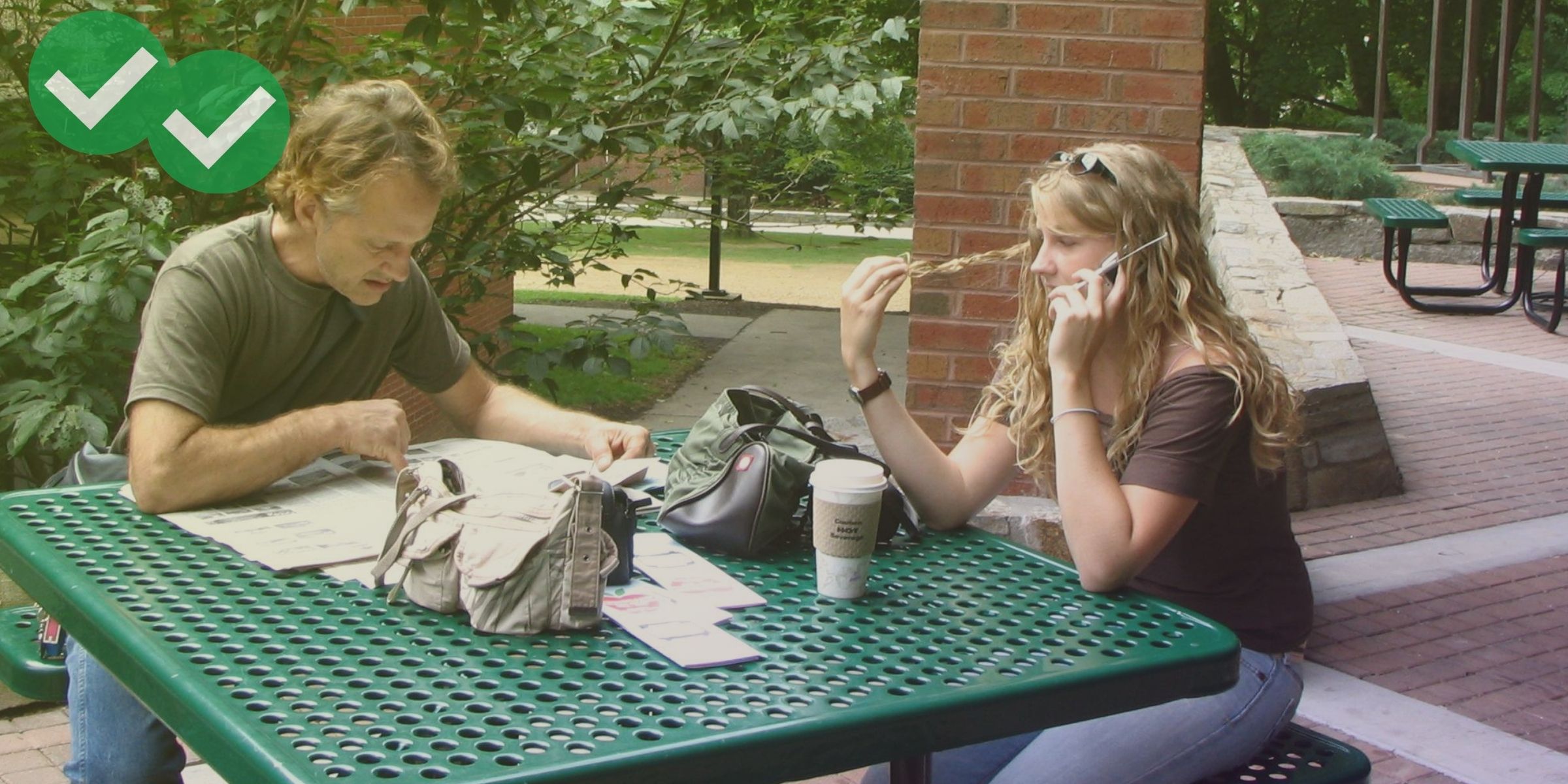Plagiarism and copying mean different things in different countries and education systems. What may be an entirely respectable way to draw from outside sources in your native culture may be considered immoral in the USA, or vice versa. Since US universities tend to have very strict policies about copying (most universities will at least fail an assignment that has plagiarized material; the most extreme universities will expel students if they plagiarize even once), it’s important to get used to the American perspective on this issue before you start doing coursework.
On the TOEFL, fortunately, the matter is a little bit simpler, because you don’t need to incorporate outside sources into your essays, and you don’t need to use in-text citations beyond making it clear which information came from the lecture, and which information came from the reading sample on integrated tasks. But you will have a text, and it may be tempting to copy directly from that text. But that is a bad idea. You do not need to copy the exact words of anything on the TOEFL. Instead, you’ll want to learn how to paraphrase. Here are some tips to help you stay on the right side of the border between using sources appropriately and copying them.
Work from your notes
I’ve written over and over again about how important it is to take notes. As you do this, though, try to avoid writing exactly what was said. Use shorthand and your own words for the thoughts in the lecture or text. If you don’t copy the materials word-for-word into your notes, it’s very unlikely that you’ll accidentally copy something inappropriately.
If you do put a direct quote into your notes or response, put quotation marks around it so that it’s clear to you and to the graders that you did not come up with that phrase yourself. Do not do this with long sentences, though—quotes should be just a couple of words, maximum, and only in special situations. If you’re not sure about including a quote, then don’t.
Change direct quotes to indirect quotes
By turning direct speech into indirect speech, you dramatically improve your ability to paraphrase the content of conversations. In case you have no idea what I’m talking about, here’s an example:
John said, “I think the university’s new policy is a bad idea.” = Direct speech
John said that the university’s new policy was a bad idea. = Indirect speech
But go one step further: change some of the wording, too!
John said that the changes the university made to their policy seemed like a mistake. = Paraphrasing






Leave a Reply